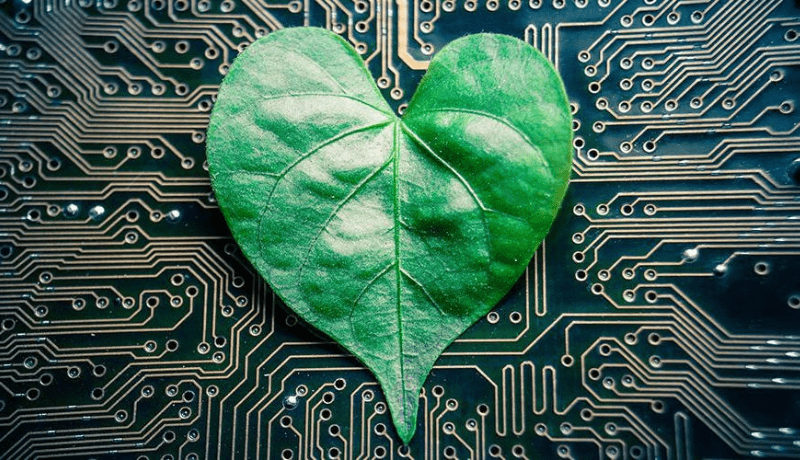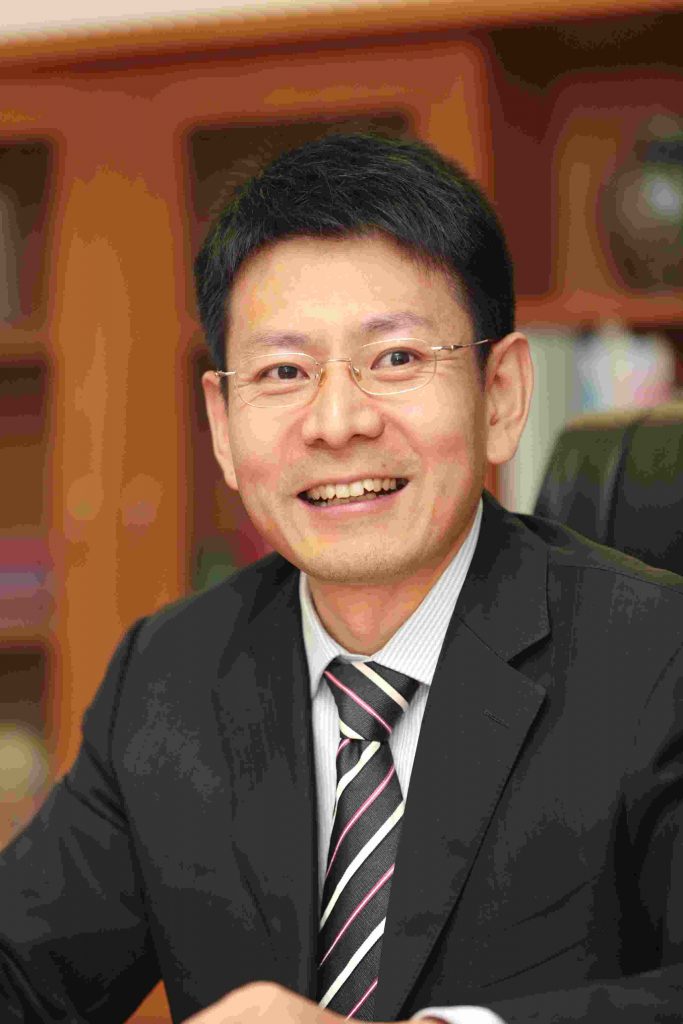
At Huawei Win-Win Innovation Week, Shunli Wang, VP, Huawei ME, discussed how ICT could play an important role in building a sustainable future.

The ICT industry remains one of the biggest contributors to carbon emissions. How can the industry deploy its innovation capabilities to tackle the CO2 challenge?
Every major advancement in history has been accompanied by a significant improvement in the energy efficiency of information transmission. The increase in carbon emissions generated by exploding data traffic will become a global problem that must be tackled in the next five to ten years. Third-party research shows that traffic generated by digital services will reach 612 ZB by 2030, 13 times that of 2020. Energy consumption and corresponding carbon emissions would increase 2.3 times if they evolved naturally at current energy efficiency levels. According to ITU’s calculation, the ICT industry needs to reduce carbon by at least 45% by 2030 to achieve the phase-in target. Over the next decade, the contradiction between energy consumption improvement and carbon emission reduction will be a global problem.
One of the most effective ways to narrow this gap is to use ICT to improve energy efficiency.
First, we should pay more attention to the energy efficiency improvement of existing infrastructure while looking for renewable energy to replace fossil fuels. The UN Energy Agency reckons ‘Energy Efficiency is the First Fuel’. Energy efficiency improvement can ease the contradiction between energy consumption growth and green development.
On a positive note, by improving the energy efficiency of operators’ infrastructure, ICT technologies can reduce carbon emissions by ten times their own. This “carbon fingerprint” effect will bring more sustainable opportunities to the industry.
Operators are key to the carbon emissions challenge. What steps can they take to ensure they make their contribution to the war against climate change?
ICT infrastructure energy conservation and emission reduction must comply with the principle of energy efficiency first. First, at the site level, operators could prioritise optimizing the site energy efficiency by focusing on the main equipment and auxiliary power supplies through full outdoor, high integration, and new material innovation.
Second, at the network level, the network architecture should be simplified to improve forwarding efficiency and move towards full-optical, simplified, and intelligent. At the operation level, energy efficiency can be visualized and managed, and optimization policies can be generated and delivered.
To help operators achieve their green goals, Huawei has proposed a three-layer solution: green sites, green networks, and green operations. First, Huawei developed solutions to improve site energy efficiency by adopting a highly integrated design, using new materials and moving main equipment and power supply units outdoors. Second, the company’s simplified network architecture makes forwarding faster and supports constructing simplified, all-optical, intelligent networks. Finally, at the operations level, Huawei offers a solution that generates and distributes optimization policies while making energy efficiency more visualized and manageable.
Huawei has helped operators deploy green solutions in more than 100 countries. In Germany, the Powerstar solution was deployed to achieve minute-level energy efficiency self-optimization, improving energy efficiency by 7%. In Spain, Huawei Optical Cross-Connect (OXC) was deployed on the backbone network, improving energy efficiency by 81% and reducing costs by 29%. At the green site in Turkey, the one-station cabinet solution is used to replace the original equipment room, saving equipment room space and air conditioner usage. A single site can save 19,000 GW of electricity per year.
Building a unified energy efficiency evaluation index, Huawei has proposed a 1+3 architecture for green development: Building a unified evaluation index and solutions for green operations, green networks, and green sites to improve the energy efficiency of carrier networks. By establishing such an energy efficiency evaluation index, carriers can visualize, manage, and optimize their energy saving and emission reduction efforts.
Green efforts by the ICT industry will not solve the climate change crisis alone. How can the ICT industry support its customers pursue green operations?
Huawei and its operator partners are already working together to increase their “carbon handprint” by empowering carbon-intensive industries to boost energy efficiency using ICT solutions. The emissions reduction they enable can be ten times their own emissions. Many success stories are now in operation in carbon-intensive industries like ports, coal mining, and steel.
In Tianjin Port, an automatic terminal was built based on China Mobile’s 5G connection and autopilot technology. In this case, 76 unmanned collectors were successfully organized and operated in a limited area. Compared to the previous setup, the energy consumption for single-box operation in the autopilot demonstration area was reduced by 20% and the total operation cost was reduced by 10%. The overall operational efficiency was improved by 15%.
At Jinnan Iron and Steel, the transportation and dispatching of molten iron were highly dependent on manual labor, leading to lengthy transportation time while heat was lost quickly, which was not conducive to energy saving and emission reduction. Based on the intelligent dispatching system deployed by China Unicom’s 5G network, workers can remotely control and monitor the tankers in real-time. The transportation time has been shortened from half an hour to 7 minutes while carbon emissions have been
reduced by 15%. In Zhuneng Group, an unmanned mining card and remote control solution based on China Telecom’s 5G network can save fuel consumption by at least 10%, with potential cost savings of up to $133 million in five years.
The ICT industry has evolved around shared consensus and global standards underpinning its success. Should there be a global standard for energy efficiency as well?
We believe there should be a unified, industry-wide indicator system as this would help establish baselines against which energy efficiency can be measured and serve as a guide for the green development of the ICT industry as a whole. Of course, this requires industry organizations, standards organizations, carriers, and industry partners to form a consensus, unify the language, and take action.
At the recent Huawei Win-Win Innovation Week, Huawei announced the launch of the network carbon intensity (NCIe) index, aimed at helping operators systematically improve network energy efficiency. As ICT infrastructure continues to evolve from 5G and F5G to 5.5G and F5.5G, green networks, evaluated against the NCIe index, will become a critical part of future target networks. We are pleased to see that the NCIe energy efficiency system standard has been approved by ITU-T SG5 and is expected to be released as a formal standard within the year.
What role is Huawei playing to help curb emissions?
At Huawei, we believe that a digital economy is, first and foremost, a green economy. Digital technologies enable green development and play an indispensable role in addressing environmental challenges and other conservation efforts. Over the years, we have followed the vision of “Tech for a Better Planet” to actively address climate and environmental challenges. In pursuit of this, we have focused on reducing carbon emissions, promoting renewable energy, contributing to a circular economy, and conserving biodiversity with technology.
Huawei is committed to bringing digital technologies to every industry and helping them go digital and green. We are also enabling other industries to upgrade and achieve green development with ICT. In addition to helping operators and the community improve energy efficiency, Huawei has consistently implemented a green development philosophy and continuously enhanced energy efficiency in its production and operation activities.